What is Diabetic Retinopathy? :
Everyone has heard about the risks of diabetic retinopathy but very few people know how this complication actually occurs. To understand the condition a little more, you would need to know about the structure of the eye.
The part of the eye which allows us to see is the retina, which is a thin layer of light sensitive cells at the back of the eye. Light that falls on the retina is changed into electrical impulses and transmitted to the brain, to be interpreted as images. A small area called macula within the retina gives us pinpoint vision, so that we can sew, read or recognize a face, while the area around the macula, the peripheral retina gives us peripheral vision.
In Diabetic Retinopathy there is a change in the blood vessels inside the retina, causing them to leak fluid or close off completely. Sometimes the new blood vessels formed are abnormal and do not function properly. The condition affects both eyes and causes no vision problems in the early stages. If left untreated however, it can progress into blindness.
There are also two main types of Diabetic Retinopathy; non-proliferative diabetic retinopathy: is the earlier stage of the condition where the vessels leak fluid and blood, sometimes even cholesterol and fats. In proliferative retinopathy: the blood vessels are closed off and newer vessels formed to replace them are abnormal; they also have scar tissue that causes the retina to wrinkle or detach.
Treatment of Diabetic Retinopathy:
The early stages of diabetic retinopathy do not require treatment but you do need regular checkups to track the progress of the condition. Blood sugar levels need to be maintained to ensure that the condition is not exacerbated because of it. Laser surgery is used in proliferative retinopathy. The procedure called scatter laser treatment helps shrink the blood vessels and bring them back to their normal state. In more severe cases, you may require many sessions with your doctor before the problem is completely resolved. If there is severe bleeding, vitrectomy will be used to remove the blood from your eyes. Vitrectomy is a procedure in which the vitreous gel in the eye is removed to be replaced by silicone oil or gas. Gradually, the oil or gas is absorbed by the body to be naturally replaced by more vitreous gel.
Alternative Treatment of Diabetic Retinopathy:
Although, there is ongoing research in the field, to date no conclusive evidence has been found to show that diabetic retinopathy can be completely cured by alternative methods of treatment. 5 potential treatments are currently being studied for their effects on retinopathy. The 5 are gingko, grape seed extract, butcher’s broom, bilberry and pycnogenol. If you’re thinking of using any herbal supplement however, it is important to let your doctor know about it, to avoid any drug interactions.
Diabetes and Eye Care … read more:
Each article is published individually and after careful review by Gluxus’ medical panel. Please check myGBlog® section frequently for information on additional topics.




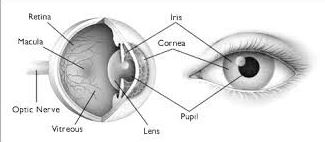
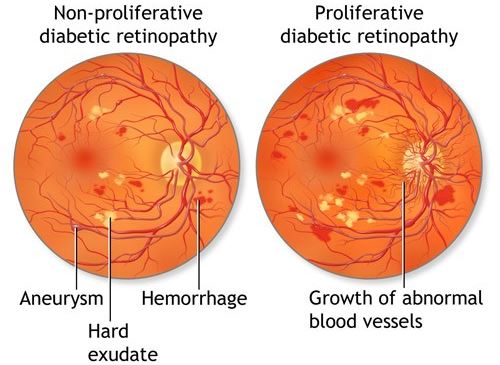
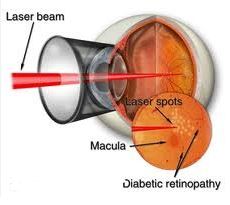
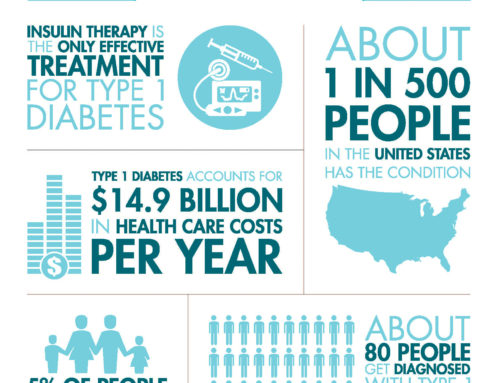
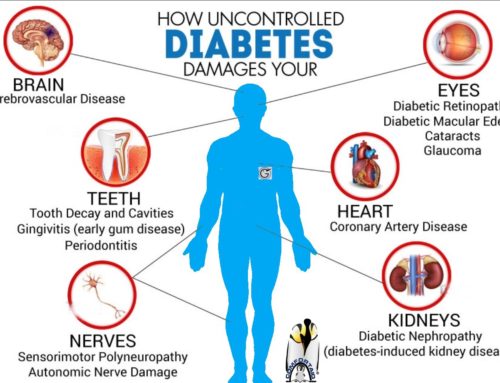

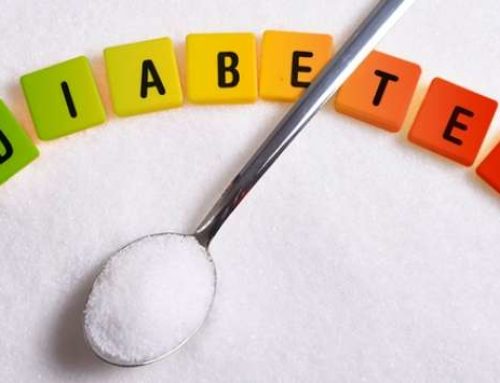

Leave A Comment